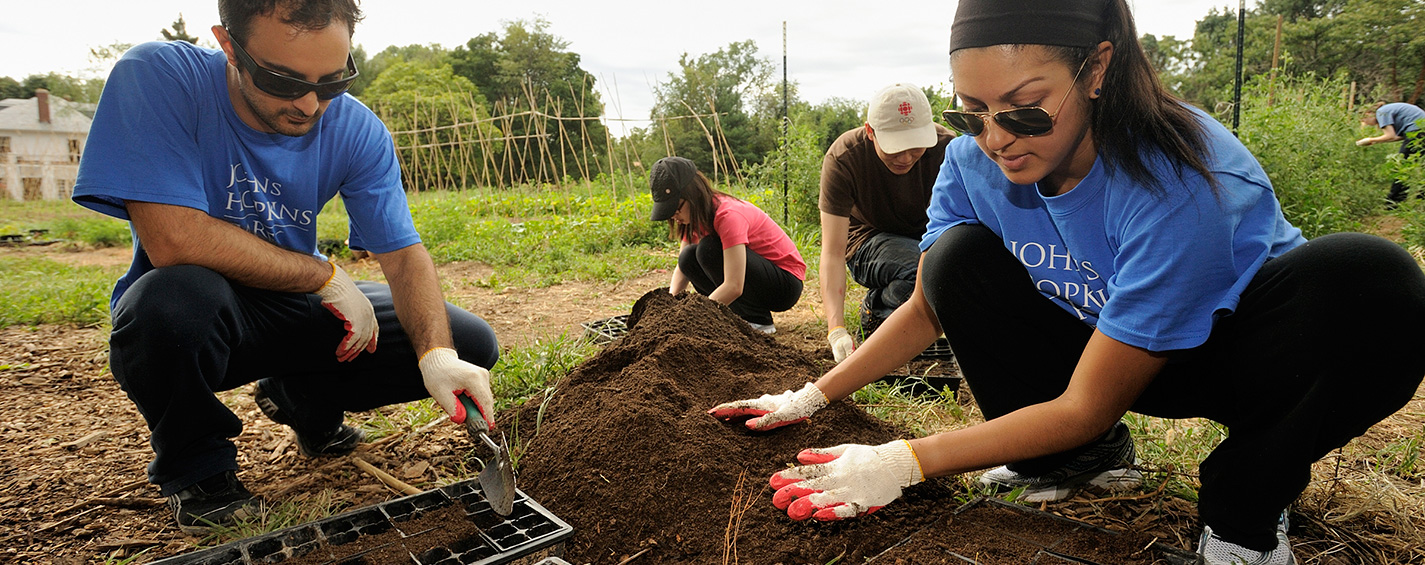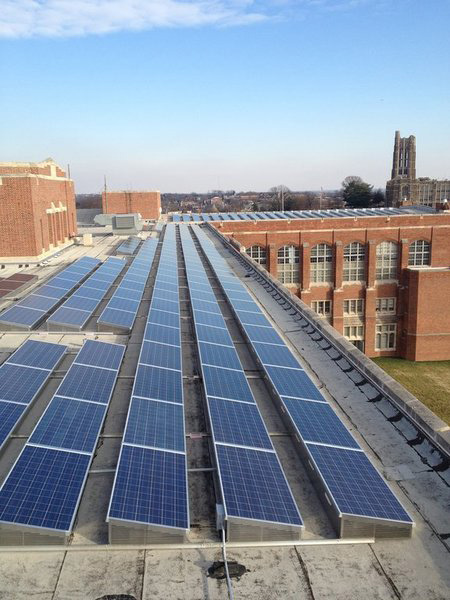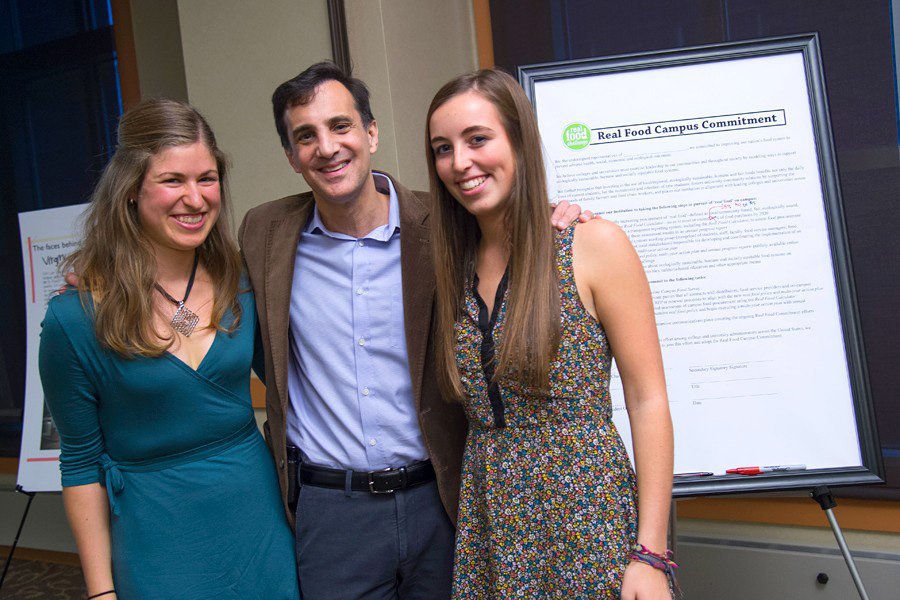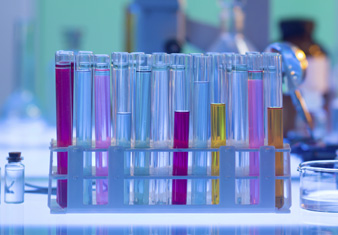
Sustaining Change
Committing to a more environmentally conscious university.
In 2007, the university made a commitment to reduce its greenhouse gas emissions 51 percent by 2025. Last year, the university undertook a five-year review of its progress so far. The conclusion: We have made substantial strides on the path to sustainability, but there is also more to be done.
 To date, Johns Hopkins has reduced its greenhouse gas emissions nearly 35 percent—through our own efforts and steps taken by the regional power grid—even as the total size of our institution has grown by 1 million square feet. We have eliminated 456,000 tons of C02, and we consumed 19 percent less energy than we would have consumed in the absence of energy-reduction efforts. All said, in the last five years, these efforts have led to tens of millions of dollars in utility savings.
To date, Johns Hopkins has reduced its greenhouse gas emissions nearly 35 percent—through our own efforts and steps taken by the regional power grid—even as the total size of our institution has grown by 1 million square feet. We have eliminated 456,000 tons of C02, and we consumed 19 percent less energy than we would have consumed in the absence of energy-reduction efforts. All said, in the last five years, these efforts have led to tens of millions of dollars in utility savings.
These gains are the result of a portfolio of new technologies and initiatives across the university, including occupancy sensors, windows with better thermal performance, LED and fluorescent lighting, vegetated roofs, combined heat and power systems, and one of the largest rooftop solar photovoltaic installations in the city. The university expanded scholarship and research on climate change and sustainability, and launched programs that invite students, staff, and faculty to play a direct role in designing solutions to sustainability.
The university is now poised to amplify these efforts. Recently, we pledged that by 2020, at least 35 percent of its food purchases would be local, sustainable, humane, and fair-trade, making us one of the largest universities in the country to accept the Real Food Challenge.
 And last year, the five-year review yielded new recommendations to amplify our broader sustainability endeavor. In the coming months, those recommendations will be formalized and shared with the campus community, continuing our efforts to be a leader in sustainability in higher education and to move closer toward our sustainability goals.
And last year, the five-year review yielded new recommendations to amplify our broader sustainability endeavor. In the coming months, those recommendations will be formalized and shared with the campus community, continuing our efforts to be a leader in sustainability in higher education and to move closer toward our sustainability goals.

